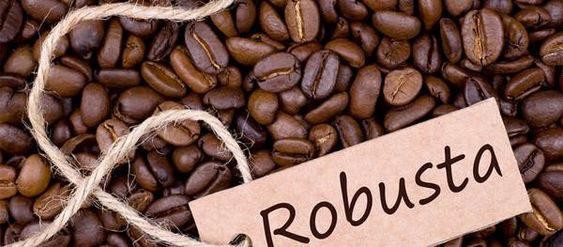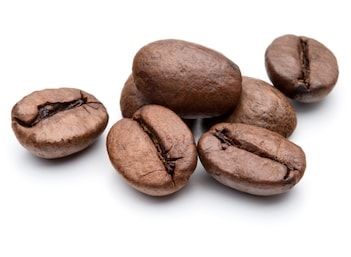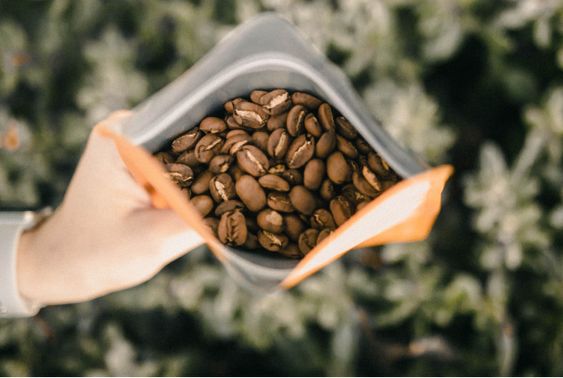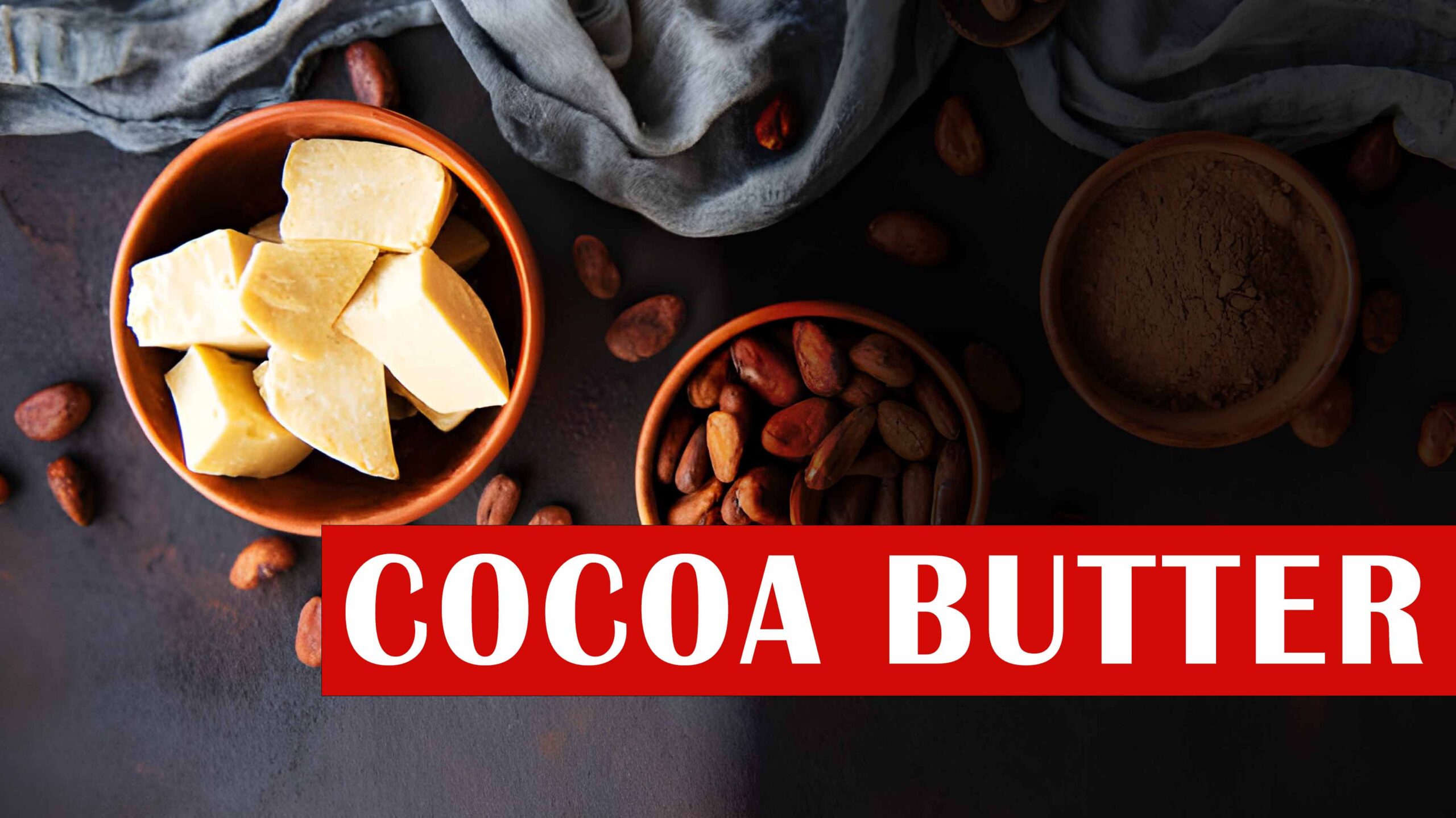Robusta coffee

study guide
“Robusta coffee, a type of coffee derived from the Coffea canephora plant, is known for its bitter, strong flavor and low acidity. Due to its high resistance to pests and diseases, it is widely cultivated and now accounts for 40% of global coffee production. Robusta coffee is commonly used in instant coffee and espresso.”
Robusta coffee and its appearance
“Robusta
coffee beans tend to be round with a straight, long center cut. Genetically, Robusta has only 22 chromosomes. In a 100% Canephora composition, the crema is more pronounced with a dark brown color and distinct gray hues. When coffee seedlings mature fully, they not only reach different sizes but also vary in leaf and bean appearance. Robusta or Canephora leaves tend to be rounder and relatively smaller. Although the Canephora plant can grow up to 10 meters in the wild, it is pruned to a height of about 5 meters when grown for commercial production. This plant produces white flowers with a jasmine-like fragrance, and its cherries turn a deep red color when ripe. Each ripe cherry typically contains two Robusta coffee beans.”


Robusta coffee taste
“Robusta offers an earthy, somewhat nutty flavor with notes of dark chocolate and a pleasant bitterness. Robusta coffee is a great choice for those seeking a high-caffeine coffee with a distinct taste. The flavor of Robusta is often reminiscent of peanuts, and its taste also largely depends on the roasting method and region of origin. The typical flavor of Canephora often appears as dark chocolate, nutty, earthy, and somewhat bitter. For those who are caffeine enthusiasts, Robusta coffee contains a higher amount of the stimulant and caffeine. Canephora typically produces a richer and more persistent crema due to its lower fat content and higher CO2 content after roasting. High-quality Robusta beans have specific, acceptable, and distinct flavor characteristics that are unique to these beans.”
Pests and Robusta coffee
“For Robusta coffee growers, a major benefit of the bitterness of Robusta beans is the fact that pests are less likely to target them due to the unpalatable taste. There are ways to enjoy Robusta without the bitterness while still preserving some of its delightful richness, such as drinking it with milk and sugar. Canephora coffee can be used quite well in delicious coffee beverages like cappuccino or latte.”

Application of robusta coffee
“High-quality Robusta beans are suitable not only for espresso but also for filter methods. Additionally, they are very popular for enriching the flavor of milky drinks such as cappuccino, latte, and of course as a component of high-caffeine espresso blends.”
Robusta coffee growing area
“Robusta coffee is derived from the beans of the Coffea canephora plant, also known as the Robusta coffee plant. Although the plant originated in sub-Saharan Africa, it has long been spread to other parts of the world – including Asia, South America, and Central America. One of the things that has facilitated the spread of the Coffea canephora plant in various countries over the years is its resilience. This plant is resistant to pests and diseases and can easily withstand full sun and temperatures above 86°F/30°C. However, the Coffea canephora plant requires a significant amount of water to maintain its health.”

Robusta producers in the world
“Vietnam is now the world’s largest producer of Robusta coffee, followed by Brazil in second place, Indonesia in third, and India in fourth. The top 13 Robusta coffee producers worldwide include some African countries (Uganda, Ivory Coast, Cameroon, and Madagascar), and other top countries range from Brazil and Guatemala to Malaysia, Thailand, and the Philippines. Madagascar is renowned for its vanilla cultivation, making it a great location for vanilla-flavored Robusta coffee.”



